China Caixin PMI Manufacturing rose to 51.7 in October, up from 51.4 and beat expectation of 51.0. Looking at some details, new orders expanded at the quickest rate since January 2013. Output growth accelerated to solid pace. Outstanding work rose further. But employment declined again.

Commenting on the China General Manufacturing PMI™ data, Dr. Zhengsheng Zhong, Director of Macroeconomic Analysis at CEBM Group said:
“The Caixin China General Manufacturing PMI stood at 51.7 in October, up from 51.4 in the previous month and marking the fastest pace of expansion since February 2017. This pointed to a continued improvement in the manufacturing industry.
“Both domestic and foreign demand improved substantially. The subindex for new orders stayed in positive territory and rose to the highest level since January 2013. The gauge for new export orders returned to expansionary territory and reached the highest point since February 2018, due likely to the U.S.’ move to exempt more than 400 types of Chinese products from additional tariffs.
“Production growth accelerated further. The output subindex stayed in positive territory and rose for the fourth straight month, hitting the highest level since December 2016. As new orders grew at a faster pace in October, the measure for stocks of finished goods dipped into contractionary territory.
“The labor market contracted further. The employment subindex dropped to the lowest level in 13 months. As China’s demographic dividend is fading, there has been pressure on growth of the labor force.
“The subindex for suppliers’ delivery times fell further into negative territory. Delivery delays to some extent implied bottlenecks in production capacity and stocks of finished goods, and also reflected manufacturers’ subdued confidence. The subindex for stocks of purchased items edged slightly lower, indicating a cautious attitude towards replenishing inventories. Both the measures for input costs and output charges dipped slightly, suggesting that prices of industrial products were stable in general.
“China’s manufacturing economy continued to recover at a relatively quick pace in October. New orders placed with companies improved substantially, and new export orders rose at the fastest pace since the Sino-U.S. trade war broke out. However, business confidence has been weak. Deliveries of inputs were further delayed. Inventory activities were subdued. The employment sector continued to contract. If the improvement in demand, including that generated by infrastructure projects and exports, is able to continue, the manufacturing sector can gradually build a foundation for stability.”
Full release here.




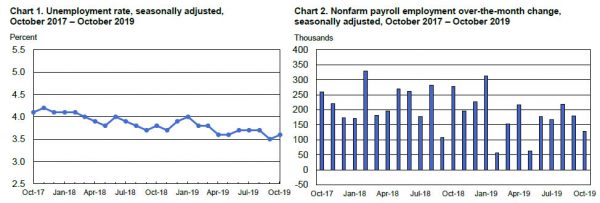
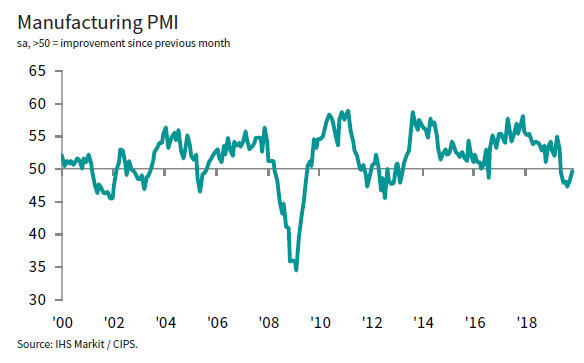
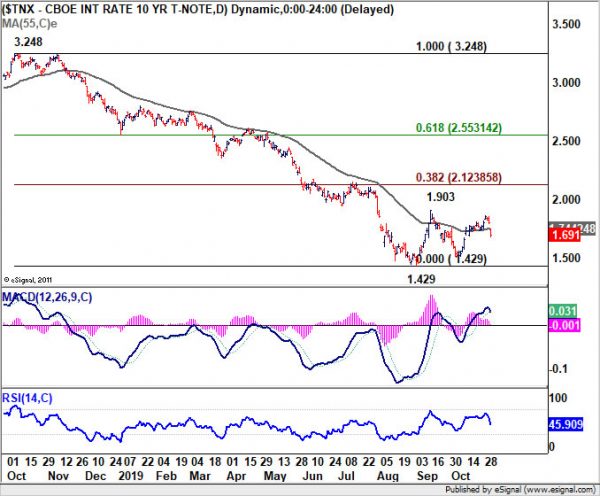
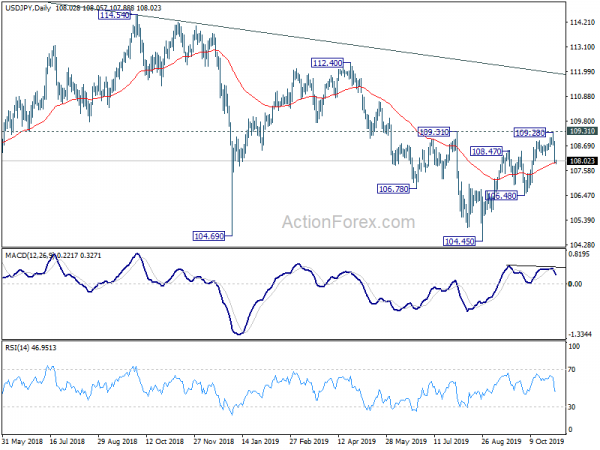
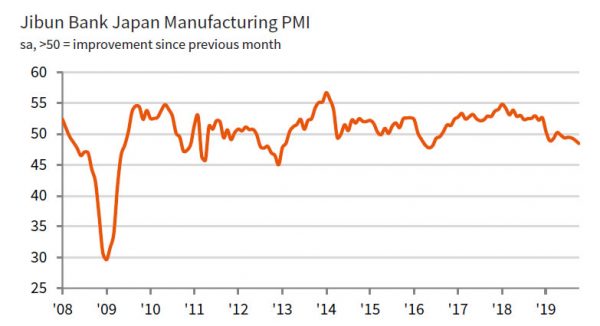

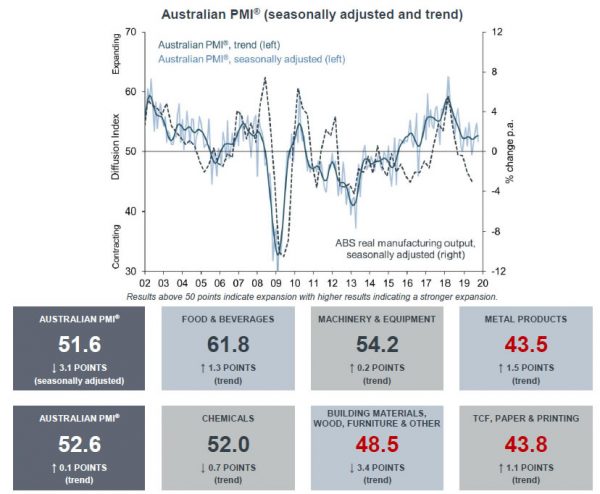
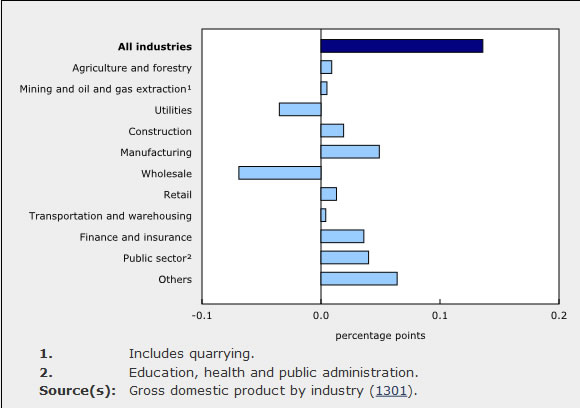
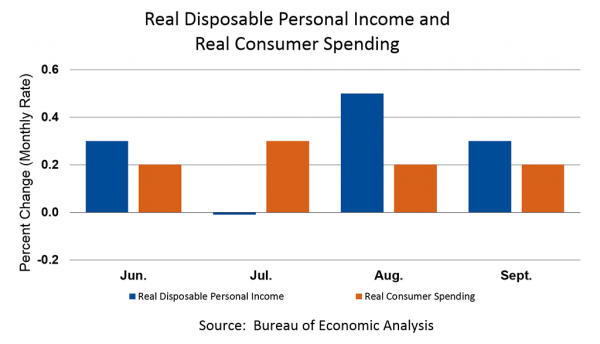
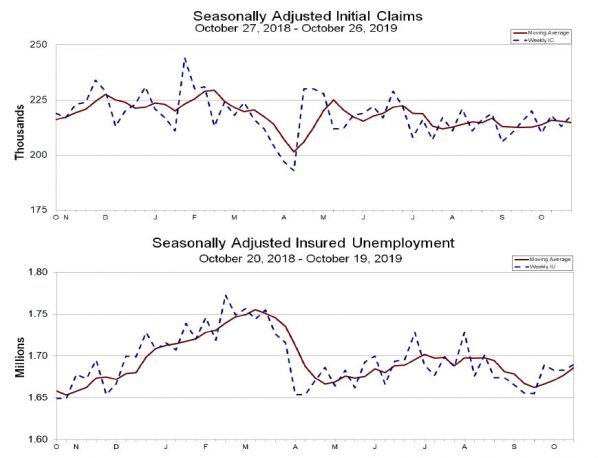
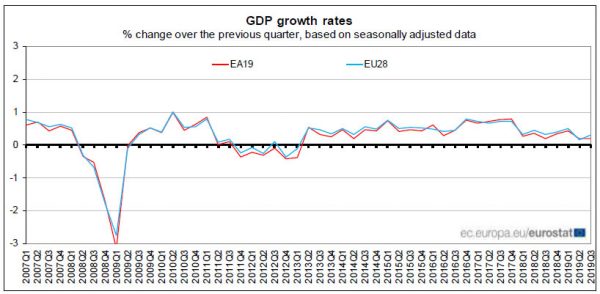
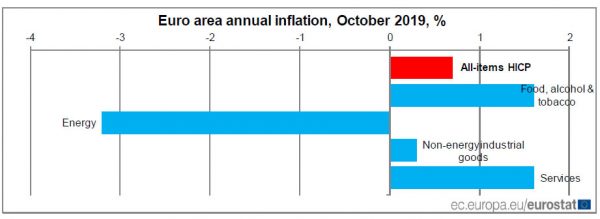
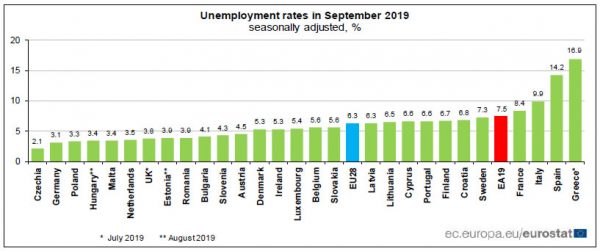
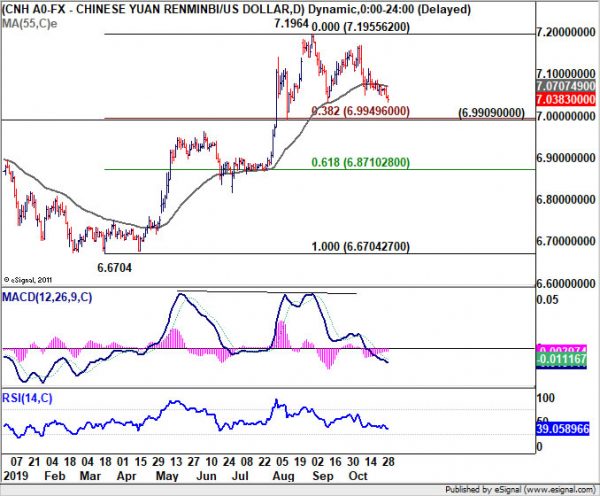
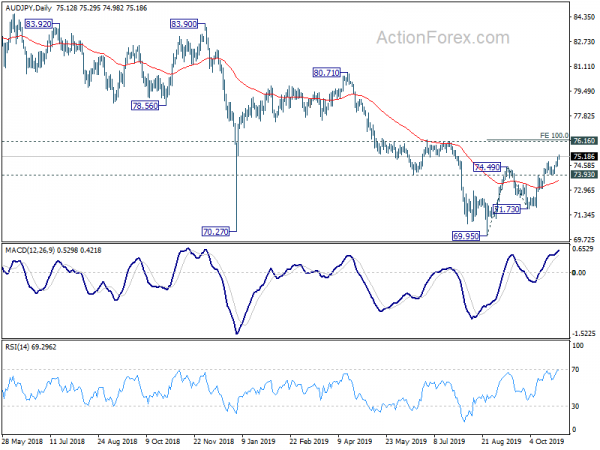

New Zealand treasury downgrade neutral interest rate assumption to 3%
New Zealand Treasury said in its monthly report that economic growth was “weaker than forecast” in the June quarter. Business activity “remained weak” in the September quarter and is expected to have weighed on domestic growth. Inflation was “stronger than expected” but a “slowing economy poses downside risk to forecasts”.
Treasury also said the nominal neutral interest rate (NIR) has been falling over time in many developed nations, including New Zealand. It revised down the terminal nominal NIR assumption from 3.75% to 3.0%. And, “a lower NIR assumption implies low interest rates have less stimulatory power than previously assumed”.
Full report here.